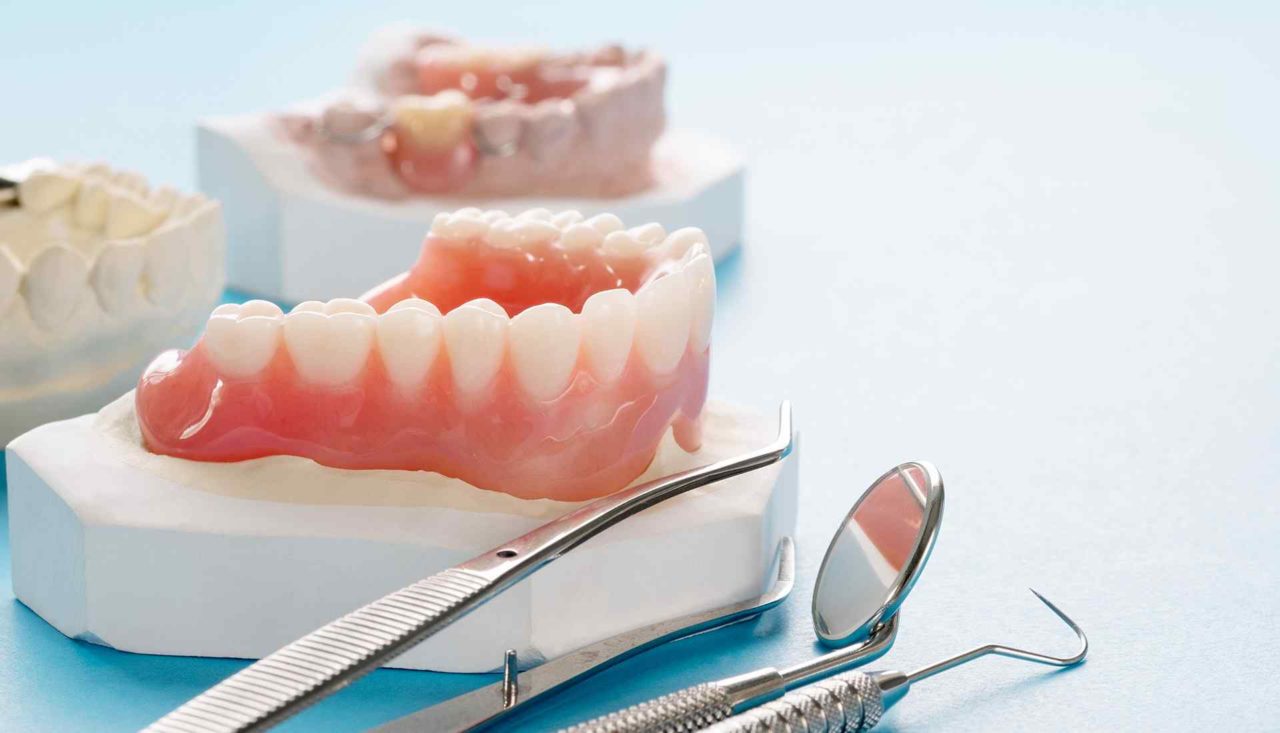What is a dental bridge?
A dental bridge can replace a tooth or several teeth. The fake teeth in dental bridges look and function like real teeth. For a bridge, a person may see a prosthodontist, a dentist who specializes in restoring and replacing missing teeth, or a regular dentist. Either way, there are many options for filling a gap in a smile.
One option is to have a crown — a fake bit of tooth attached to a small portion of real tooth that the dentist has ground down. When a person has lost a tooth or the dentist has had to remove it, however, a crown alone is not an option, and a dental bridge may be the best choice.

The term “bridge” refers to a structure that contains one or more fake teeth. The structure is often anchored in place with one or more crowns on either side of the gap in the mouth. For example, if a person loses several front teeth, due to injury or decay, a doctor may use a bridge to fill in the gap.
A person may not wish to have a gap in their teeth, after having a tooth removed, for example, because they need a tooth in the area for chewing or because of cosmetic concerns.
For some people, a permanent dental implant is an alternative to a bridge. Dental implants are fake teeth that dentists surgically insert into bone in the mouth. For others, dentists recommend implants to help secure a bridge, particularly if many teeth are missing.
Uses
A dental bridge can help a person feel more comfortable with their smile. It can also enable them to chew normally.
When a person loses one or more teeth, it can affect their bite, causing pain or difficulty eating. Replacing those teeth prevents these complications.
A person may need a bridge if:
- a tooth is so decayed that it falls out or a dentist removes it
- an accident or injury damages a tooth beyond repair
- decay or infection is so deep within a tooth that neither a filling nor a root canal are sufficient
Types
Dentists use several types of bridges:
- A traditional bridge involves two crowns — sometimes called abutments — anchoring the fake tooth or teeth. This is the most popular type of bridge, and it can be fixed or removable.
- A cantilever bridge requires only one crown for support. This involves a less intensive procedure and may be a good option for people who do not want to damage healthy teeth. However, the single crown can act as a lever, increasing the risk of tooth and jaw damage.
- Maryland bridges are more conservative and less invasive than traditional or cantilever bridges. The bridge is anchored by metal or porcelain frameworks attached to the backs of teeth on either side of the gap. These bridges can preserve healthy teeth, but they are less secure.
- Implant-supported bridges use dental implants as anchors. This type of bridge is more expensive and invasive but more secure.


